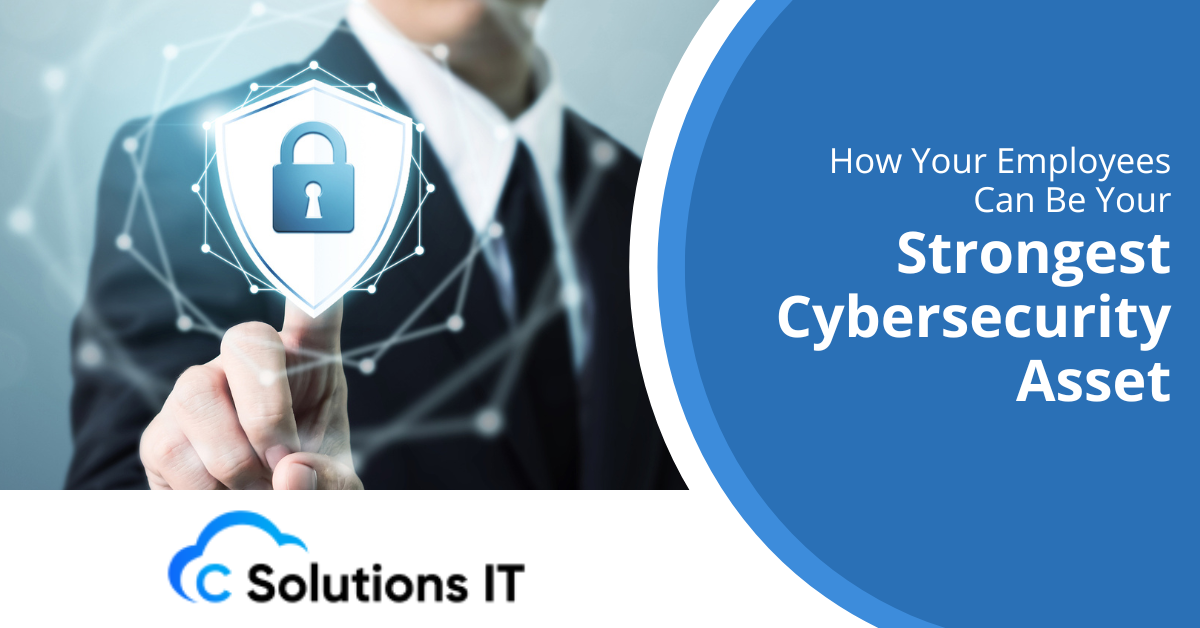How Your Employees Can Be Your Strongest Cybersecurity Asset

October is Cybersecurity Awareness Month, a time dedicated to raising awareness about the simple actions that can reduce cybersecurity risks. This year’s theme, “Building a Cyber Strong America,” reminds us that security is not just an IT issue but also a collective responsibility that protects our businesses and communities.
For years, employees have been the cybersecurity “weakest link.” However, this perspective is outdated and ineffective. The fact is that employees can become the most effective defense with proper training and empowerment.
This October, let’s turn the focus to how strategic training in phishing awareness and password hygiene can unlock your greatest security asset.
The Mindset Shift: From Weakest Link to Human Firewall
Why does the old mindset no longer serve us? Viewing staff as a liability creates a culture of fear. Employees who are afraid of making mistakes are less likely to report suspicious activity, leaving threats to fester in the shadows.
The modern approach is built on behavioral security. It works with human nature to build clear thinking and effective decision-making against threats. This means that when an employee clicks a simulated phishing link, the response isn’t punishment, but rather a constructive conversation about what to look for next time. This fosters the human resilience that cybercriminals fear most by establishing trust and transforming security into a shared mission.
Pillar 1: Build Phishing Awareness, Your First Line of Defense
One of the most dangerous and expensive cyber threats is phishing. Last year, the Verizon DBIR report found that the human element is involved in 68% of breaches, and the IBM Cost of a Data Breach Report says a data breach now costs companies $4.88 million on average.
With AI, phishing emails are becoming even more convincing. New tactics like QR code phishing have grown drastically, by 25% in a single year.
One of the most effective solutions is employee training. Businesses that train their employees on cybersecurity lower their risk of phishing by up to 86% in a year and by more than 40% in just 90 days.
How to fortify your defenses:
- Introduce your team to the “SLAM” method. Teach them to validate emails by looking at the Sender’s address, hovering over Links before clicking, reviewing Attachments, and assessing the Message for urgency and poor grammar.
- Conduct phishing campaign simulations. Identify users who are vulnerable and offer data-driven insights that demonstrate the effectiveness of the program.
- Encourage a culture of “See Something, Say Something” for quick threat identification and resolution. To achieve this, eliminate blame and simplify the reporting process to encourage employees to report anything that appears suspicious.
Pillar 2: Enforce Password Hygiene, the Foundation of Security
One of the main reasons for breaches is the use of weak or reused passwords. Because it’s difficult to keep track of different passwords, many people reuse them. This is where policy and tools come together to create a secure yet manageable system.
The National Institute of Standards and Technology (NIST) and CISA encourage making passwords lengthy instead of overly complex. A long password is harder for a computer to crack than a short, complicated one.
For the best passwords:
- Encourage the use of passphrases, which are collections of four to seven unrelated words, such as HorsePurpleHatRunBay, to make them lengthy and memorable.
- Make them distinct by requiring each account to have a unique password. If there is a breach, this limits the damage to one service instead of allowing it to spread.
- Use a password manager to create, save, and automatically fill strong, unique passwords for every account. This eliminates the burden and temptation for bad habits since employees only need to remember one master password.
- Mandate Multi-Factor Authentication (MFA). MFA provides an essential security measure on top of the password. Even if a password is stolen, access is blocked by a second factor, like an app code. It is a basic best practice that makes accounts “significantly safer,” according to CISA.
Pillar 3: Build a Continuous Security Culture, not a One-Time Event
An effective security program should be continuous with engaging effort that shifts with the threat landscape. The training should be consistent and remain effective.
Formats of delivery also matter. To ensure the message stays fresh, consider using a variety of formats, such as short micro-learning videos, interactive quizzes, and posters.
Furthermore, the content should be tailored for specific roles. Your finance team faces different threats than your developers. Role-specific scenarios boost relevance and help employees connect training to their daily work.
Leaders should be champions of this culture. Executives participating in training and talking about its importance show every employee that cybersecurity is a core business value, not just an IT checklist.
Let C Solutions Help You Build Your Human Firewall
This Cybersecurity Awareness Month, commit to empower your employees and strengthening your business’s security posture from the inside out.
C Solutions IT was built to support you every step of the way. We understand that your employees are your most valuable asset, and we’ll help you turn them into your strongest line of defense.
We specialize in enabling businesses to easily access and manage enterprise cybersecurity. Our strategy offers dependable knowledge and affordable solutions, giving you peace of mind knowing your team is ready and your data is secure.
Encourage your team to be the solution, not the target. Contact C Solutions IT today to schedule a consultation and start building a cyber-strong organization.
